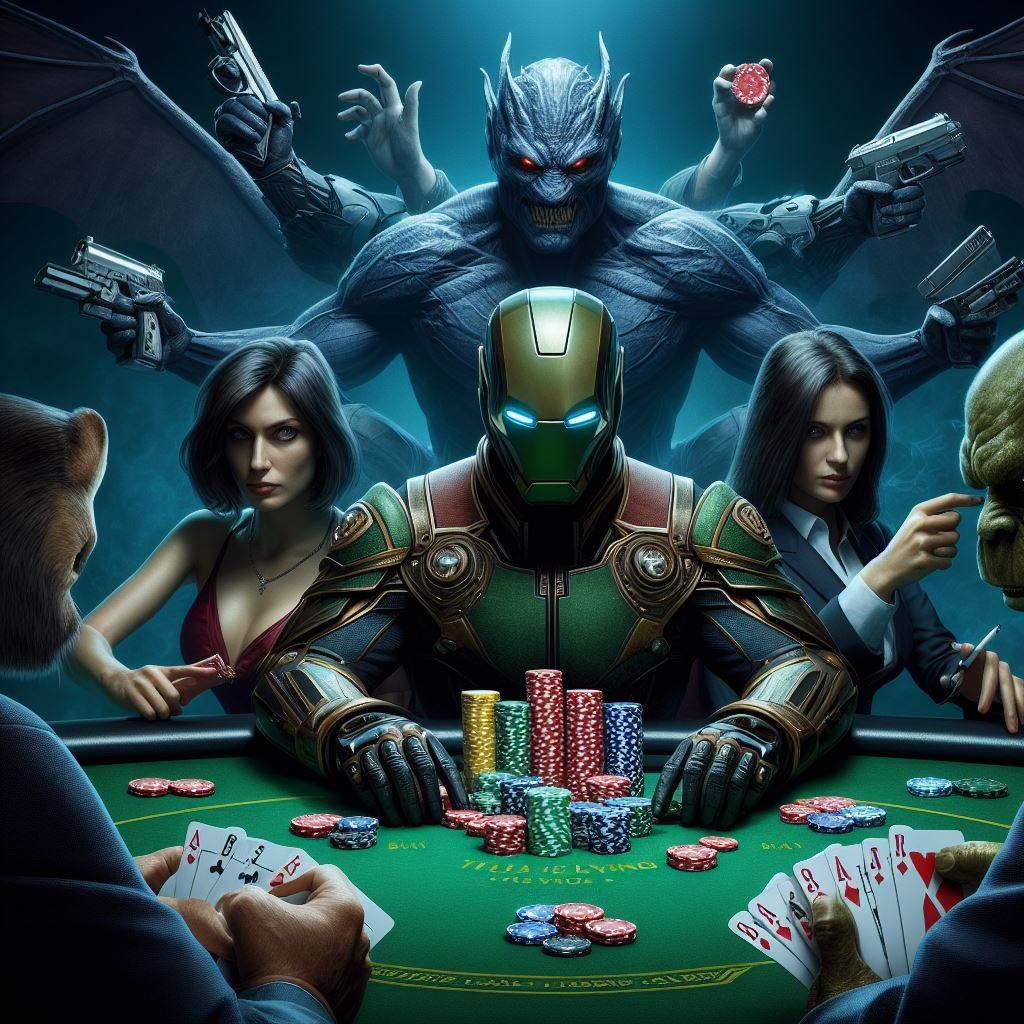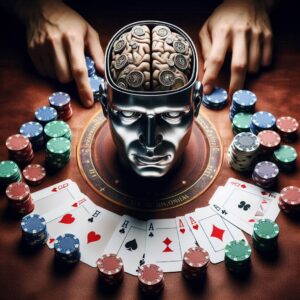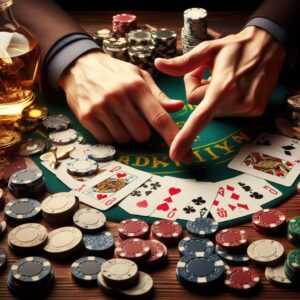
Poker, at its core, is not just a game of cards;at the Poker Table it’s a complex battle of wits, where strategy, psychology, and sheer audacity converge. One of the most electrifying elements of this battle is the bluff—a tactic as old as the game itself. Bluffing is not merely about deception for the sake of deception; it is about mastering the art of psychological warfare at the poker table. This article delves into the nuanced world of bluffing, offering insights into how to execute bluffs effectively and read the bluffs of others.
Understanding the Bluff
A bluff in poker is essentially a bet or a raise made with a hand that is not thought to be the best hand. The primary objective of bluffing is to induce opponents to fold superior hands. To master the art of bluffing, players must understand not just the mechanics but also the psychological underpinnings of the game.
The Psychology Behind Bluffing
Bluffing is deeply rooted in understanding and manipulating the psychological state of your opponents. It involves a keen sense of observation, the ability to project confidence,at the Poker Table and the art of storytelling. Successful bluffing requires a player to create a believable narrative that their hand is stronger than it actually is, convincing opponents to fold through non-verbal cues, betting patterns, and timing.
Key Strategies for Effective Bluffing
Know Your Opponents: The effectiveness of a bluff greatly depends on the type of player you are up against. A tight, conservative player is more likely to fold under pressure, while a loose, aggressive player might call your bluff.
Table Image Matters: Your own table image plays a crucial role in your ability to bluff. If you have been playing tightly, your bluff is more likely to be believed. Conversely, if you’ve been caught bluffing recently, your credibility may be in question.
Position is Power: The best positions for bluffing are usually late positions, where you have more information about your opponents’ actions and can make more informed decisions.
Selective Bluffing: Constant bluffing dilutes its effectiveness. Choose your moments wisely, targeting situations where the board and your betting history tell a credible story of a strong hand.
Manage Your Tells: Be mindful of your own behavior and try to maintain a consistent demeanor, whether you are bluffing or not. Any changes in your behavior can serve as a tell to observant opponents.
Reading the Bluff
Just as important as executing a bluff is the ability to detect when someone else is bluffing. Pay close attention to inconsistencies in their story. A sudden increase in aggression, hesitancy in betting, or incongruence between their betting pattern and the potential strength of their hand based on the community cards may all hint at a bluff.
The Risks and Rewards
Bluffing is a double-edged sword. When executed successfully, it can lead to significant psychological advantages and financial gains. However, failure can result in substantial losses and damage to your table image. The key is balance and understanding the risk-reward ratio in each situation.
Conclusion
Mastering the art of the bluff is a journey of developing not just your poker skills but also your psychological acumen. It’s about understanding human behavior, including your own, as much as it is about understanding the game. The true masters of poker know that while cards are what you play, psychology is how you win. In the grand theatre of the poker table, the one who best controls the narrative often takes home the pot. But remember, in the game of poker, as in the game of life, the best bluff is the one that’s never detected.





